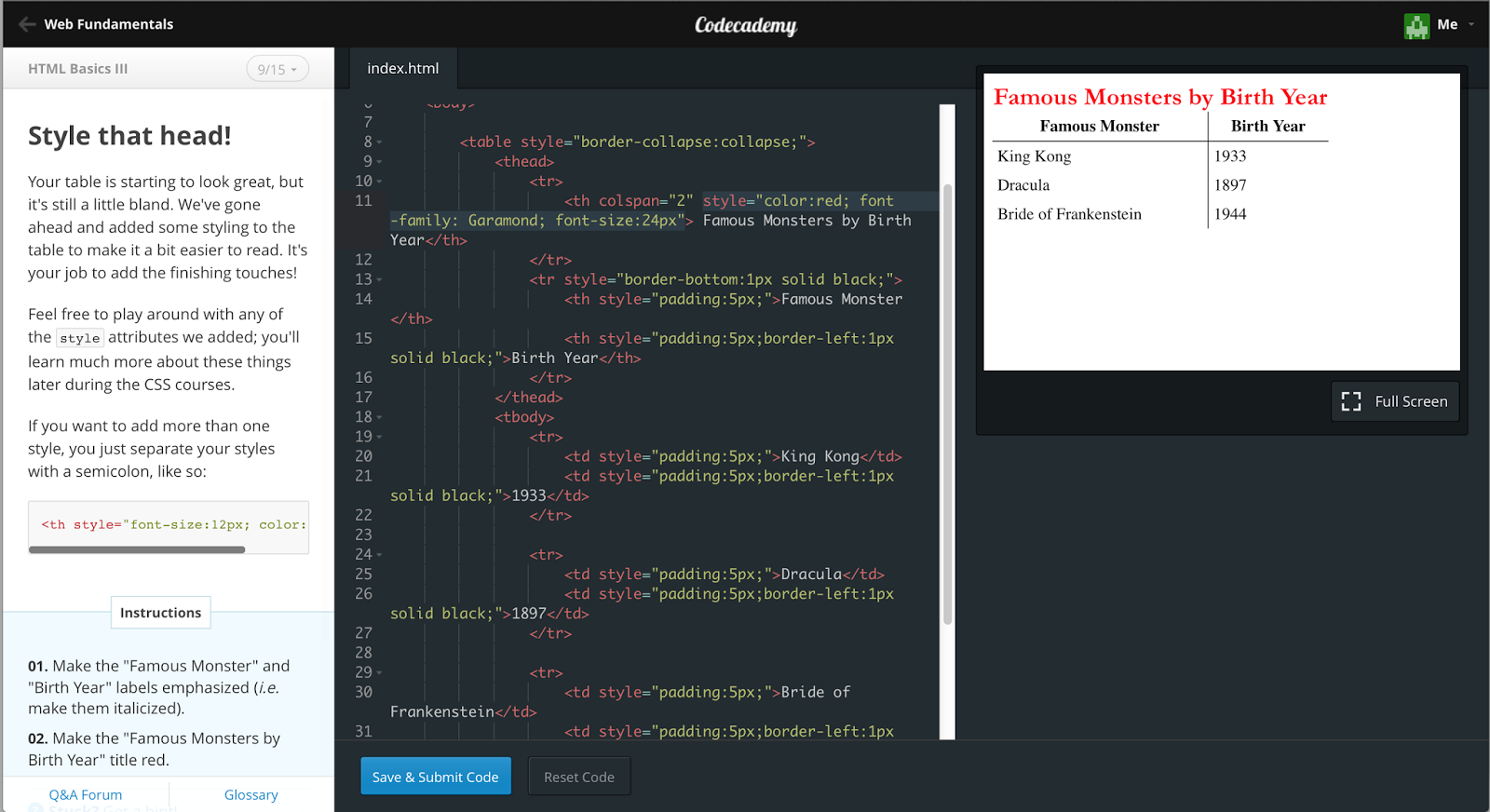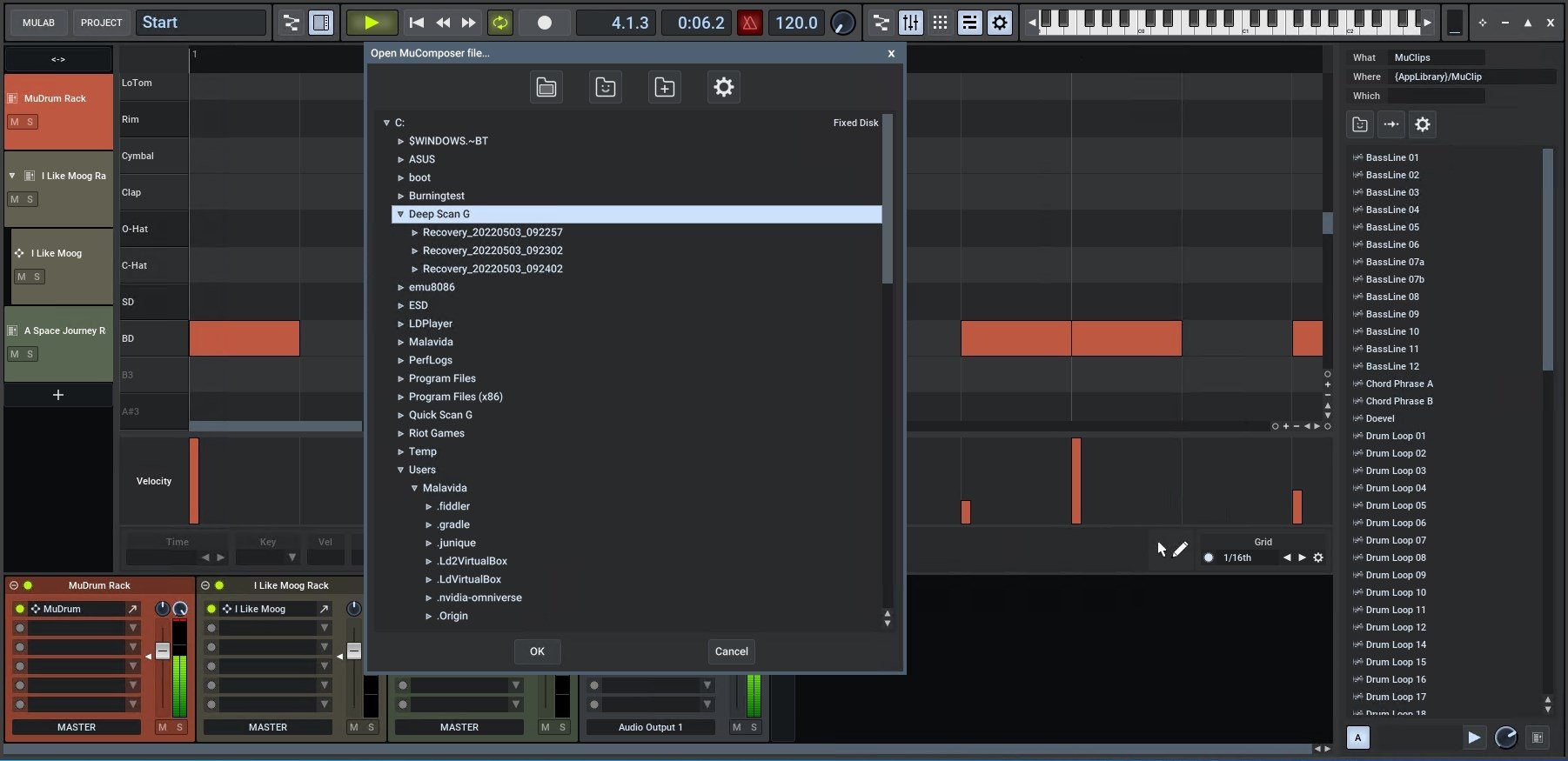
It works by creating a sub-folder named ‘.mirror’ in each ‘flac’ album folder. The alternative ‘Flac+mp3’ compression option generates both ‘flac’ and ‘mp3’ files automatically while the B2 is in 'Standby' mode and is compressing the ripped 'wav' files. The B2 is set to use ‘flac’ compression by default. The transfer rate for these files to USB is also much faster because of the much smaller sizes of the mp3 files. So where memory storage is at a premium, the mp3 files have a major advantage. Mp3 files provide good quality sound in a much compressed file for example a raw CD 4 minute track (wav format) requires about 35MBytes of storage, when this is compressed to flac the storage is reduced to about 20MBytes, and when it is compressed to mp3 format the storage is further reduced to approximately 4 Mbytes. The B2 ‘Export MP3’ function is a very effective way of enabling your music files to be quickly downloaded to a USB device or mp3 player to be played while on the move. Many portable music players and car systems either do not play flac files or have limited memory space in which to store the music. The B2 has an ‘Export MP3’ function that is then used to copy selected (or all) of the mp3 Mirror files to a USB device and these can then be played on other mp3 devices. These hidden mp3 files are called Mirror files.


In addition to the main store of flac music files, the B2 has the capability to store and maintain a parallel hidden set of those flac files in mp3 format. What are Mirror files and what does the ‘Export MP3’ function do?


 0 kommentar(er)
0 kommentar(er)
